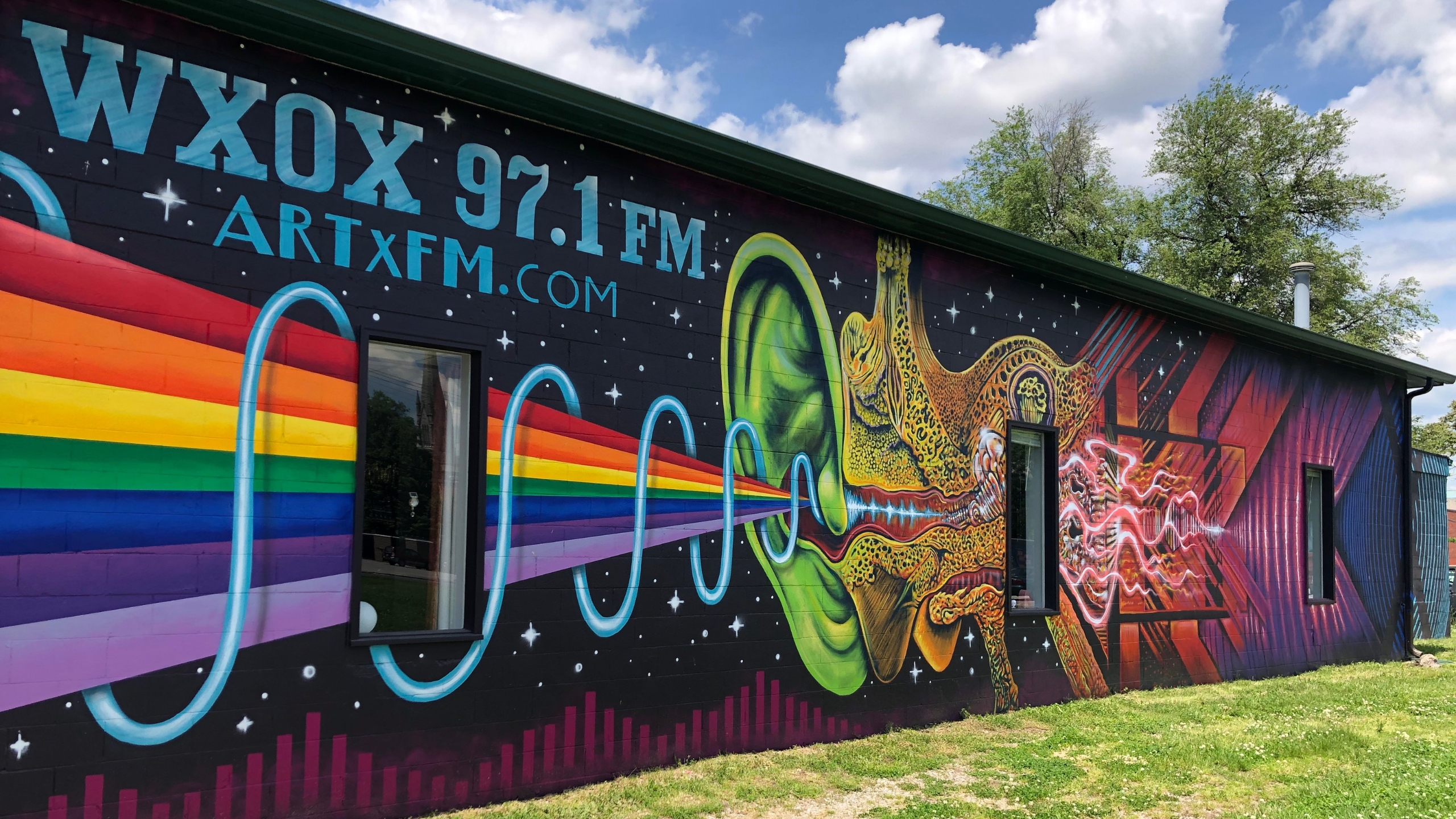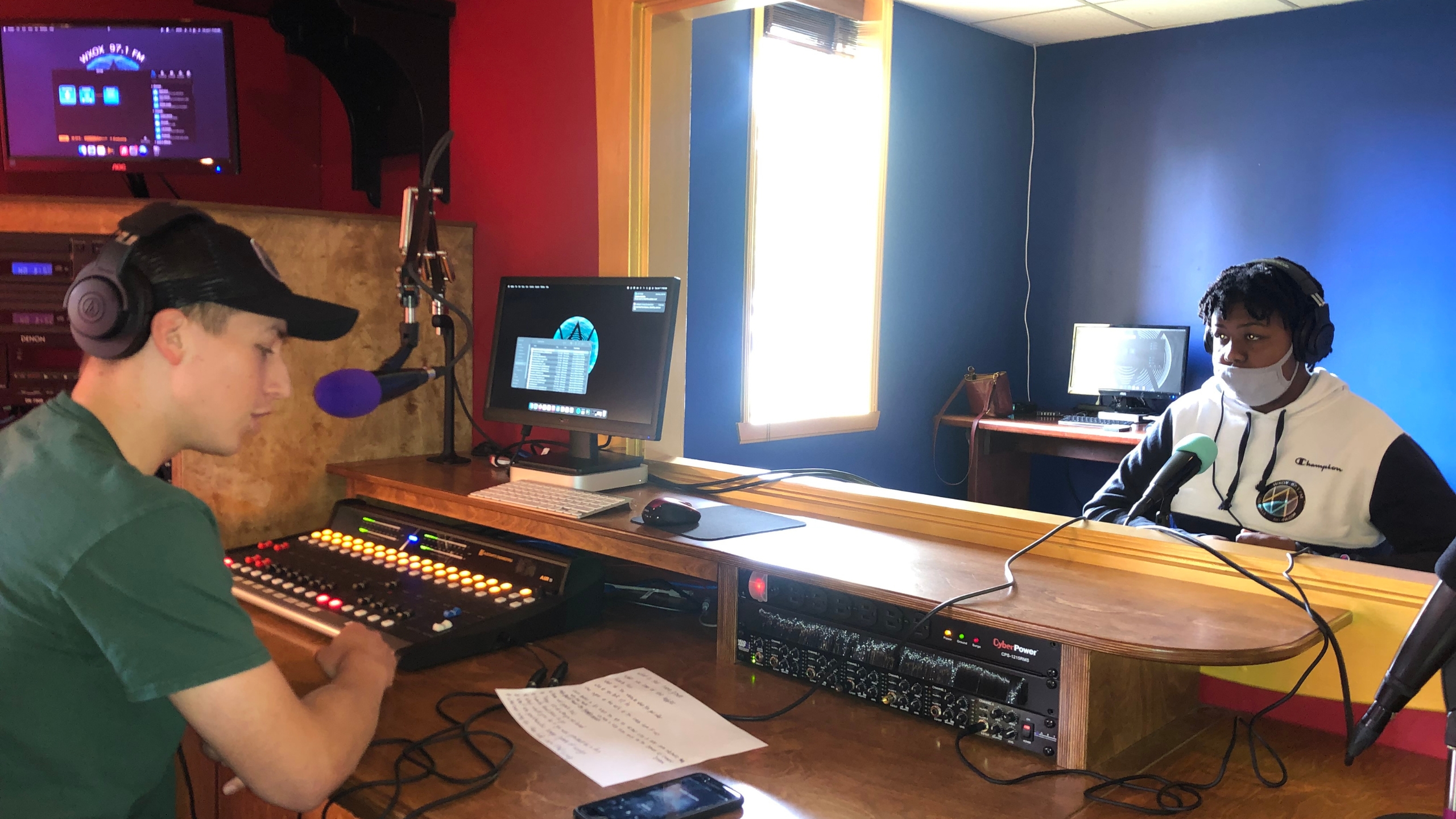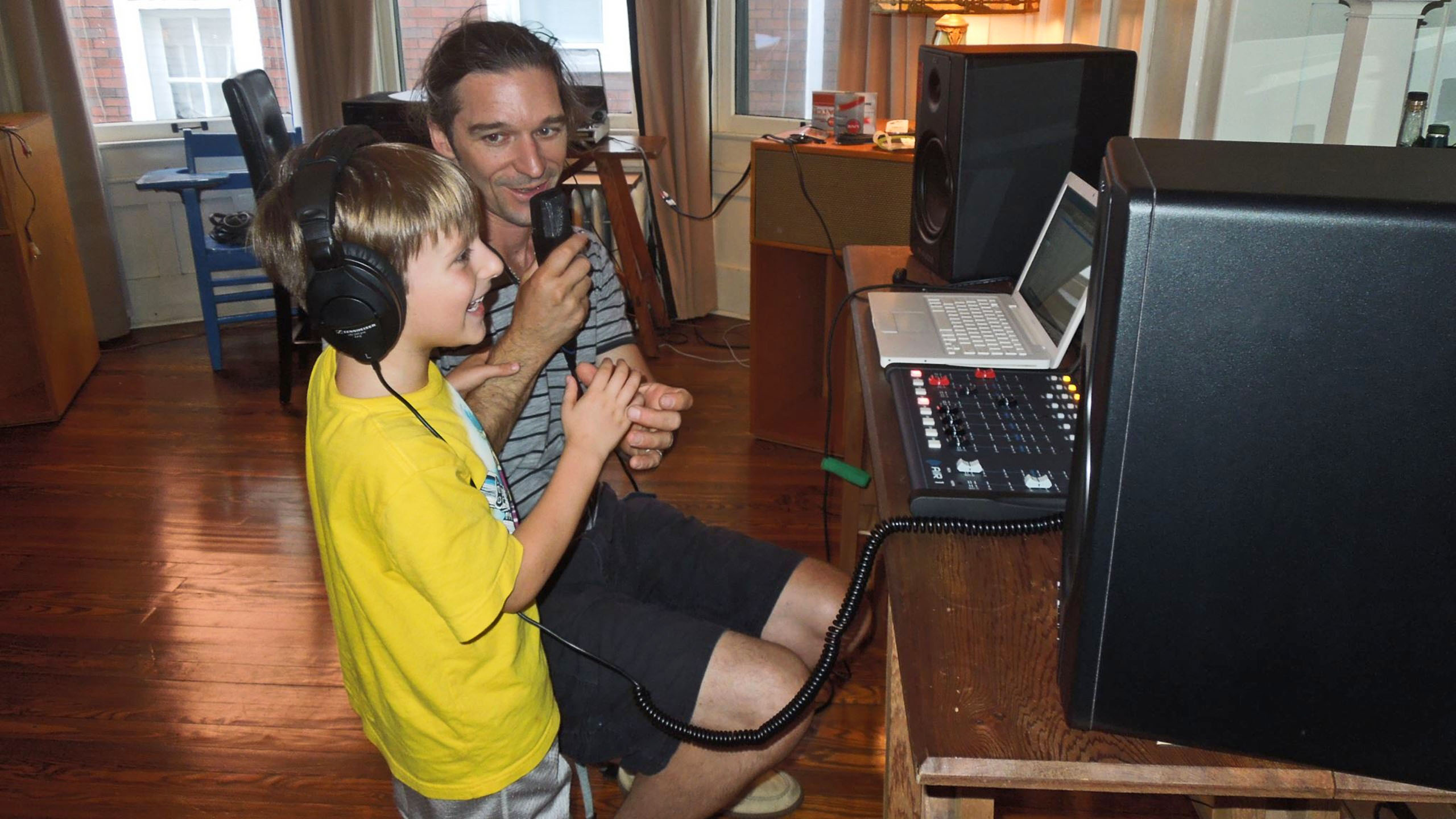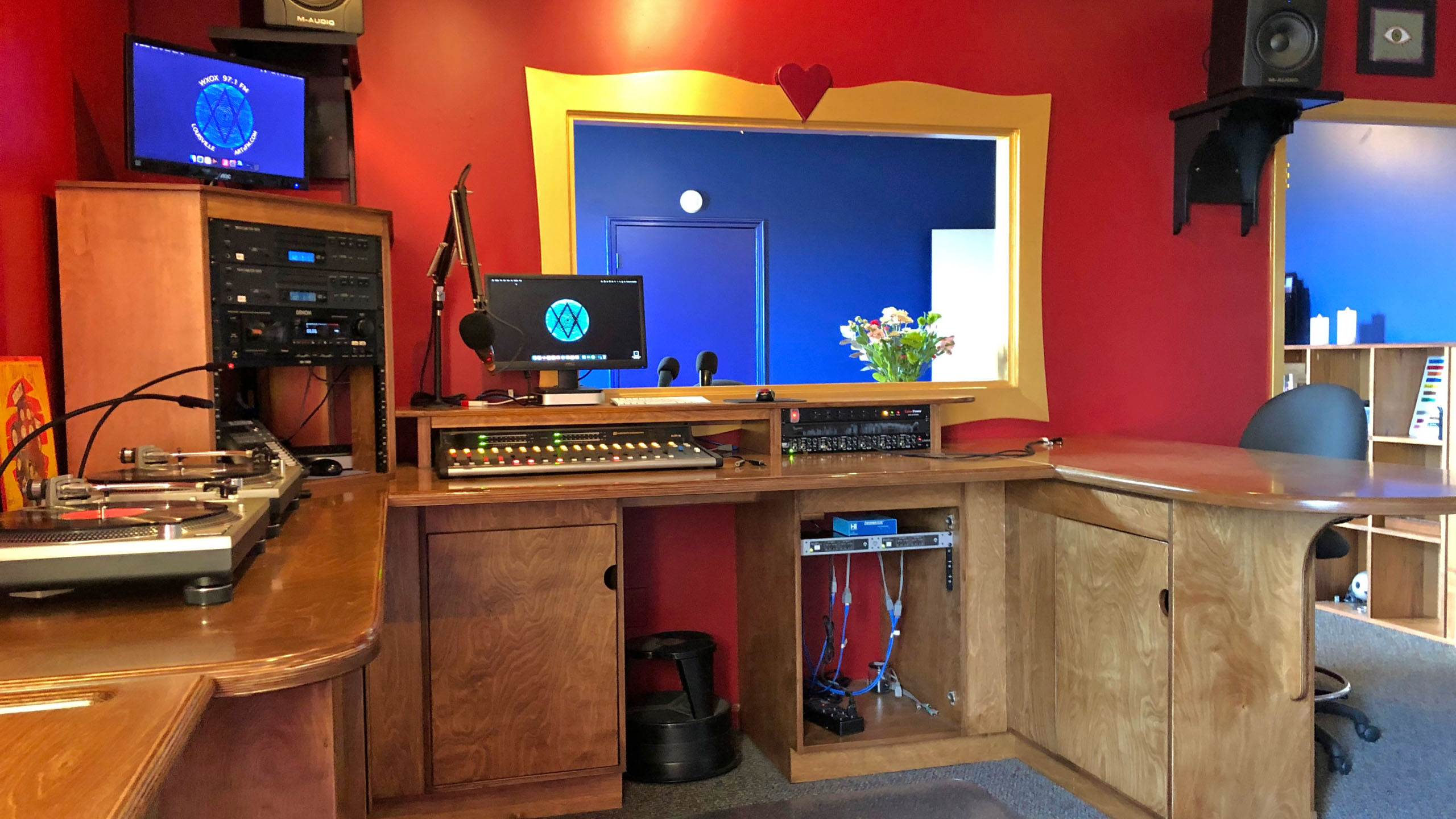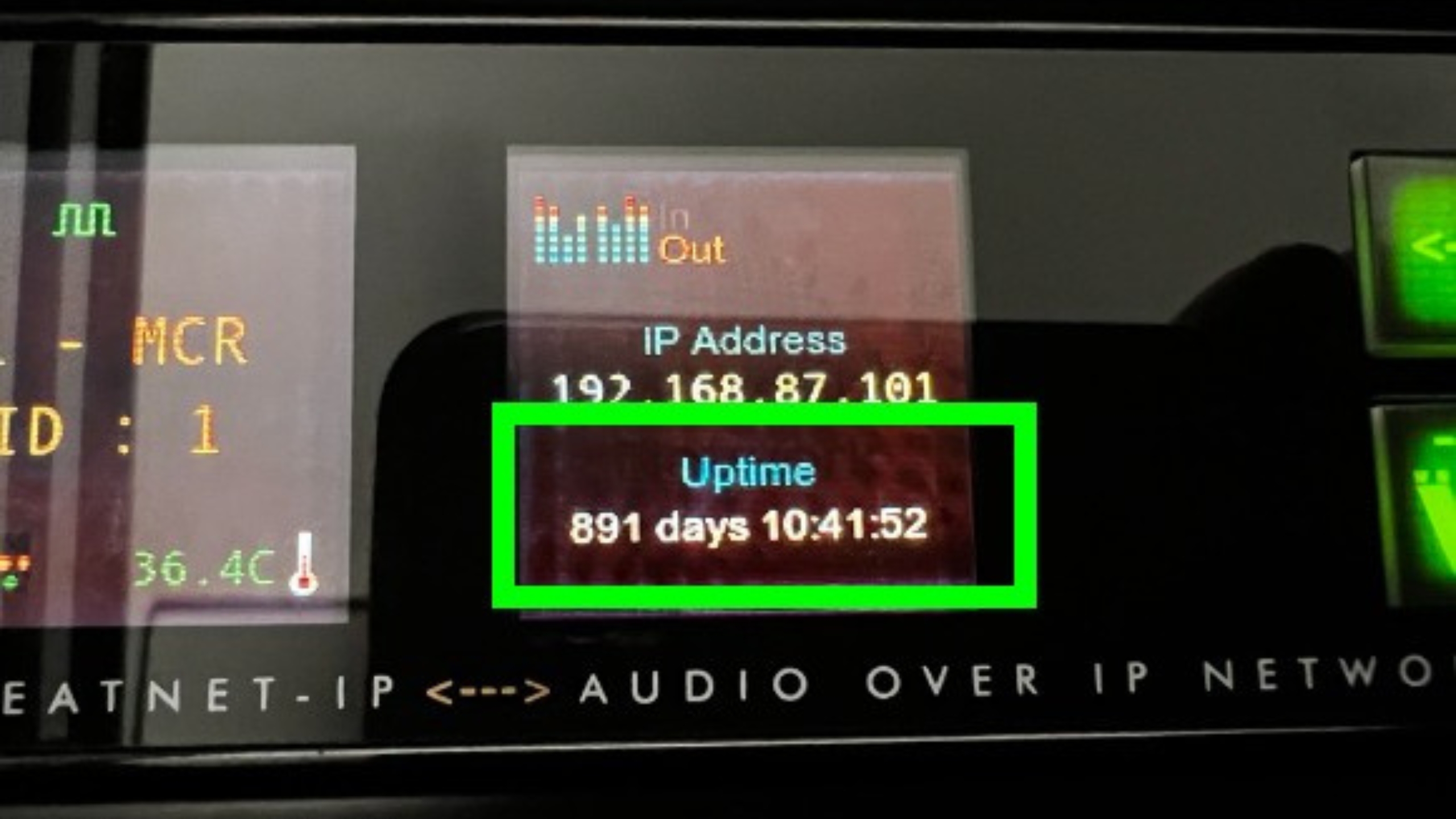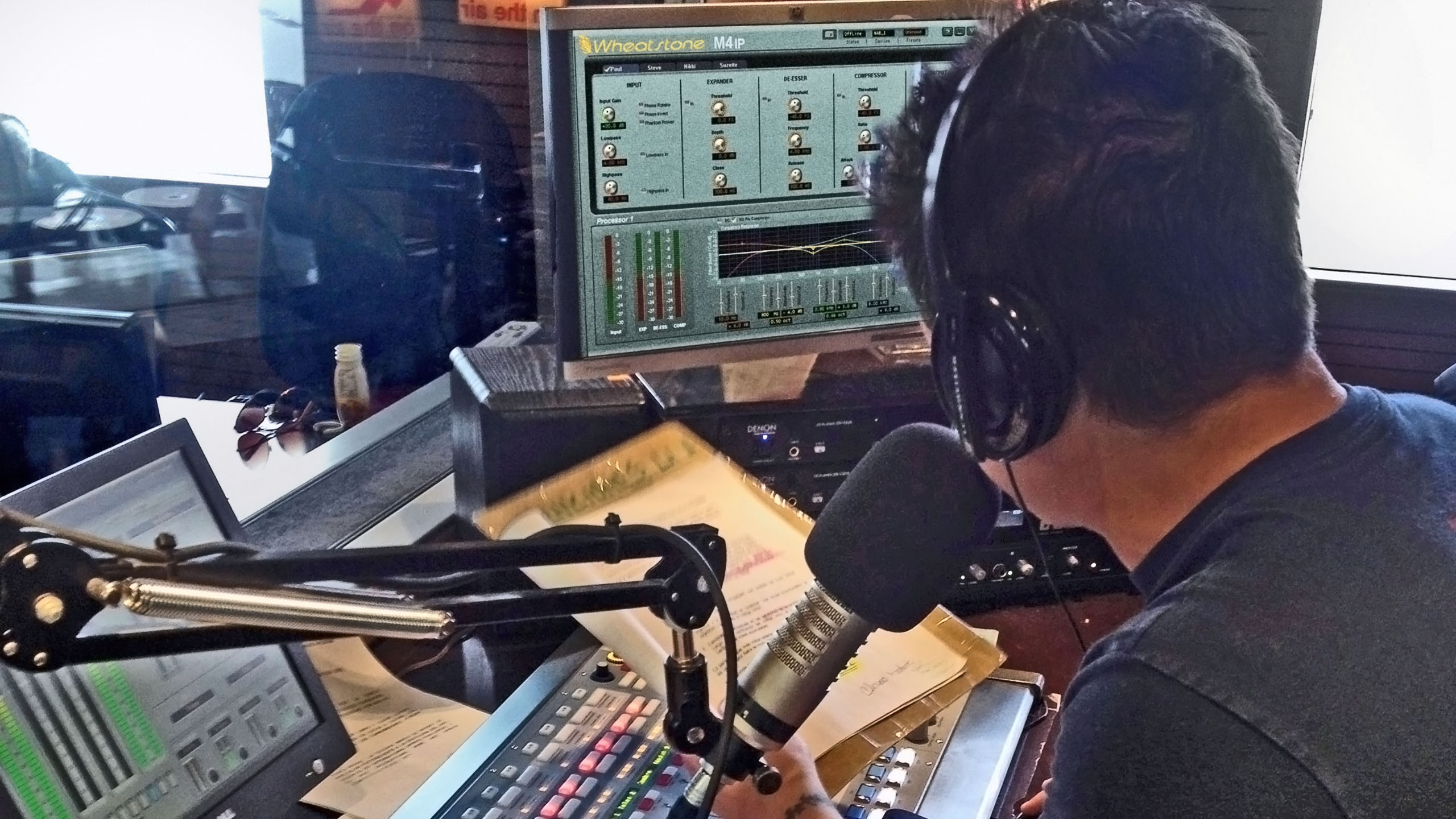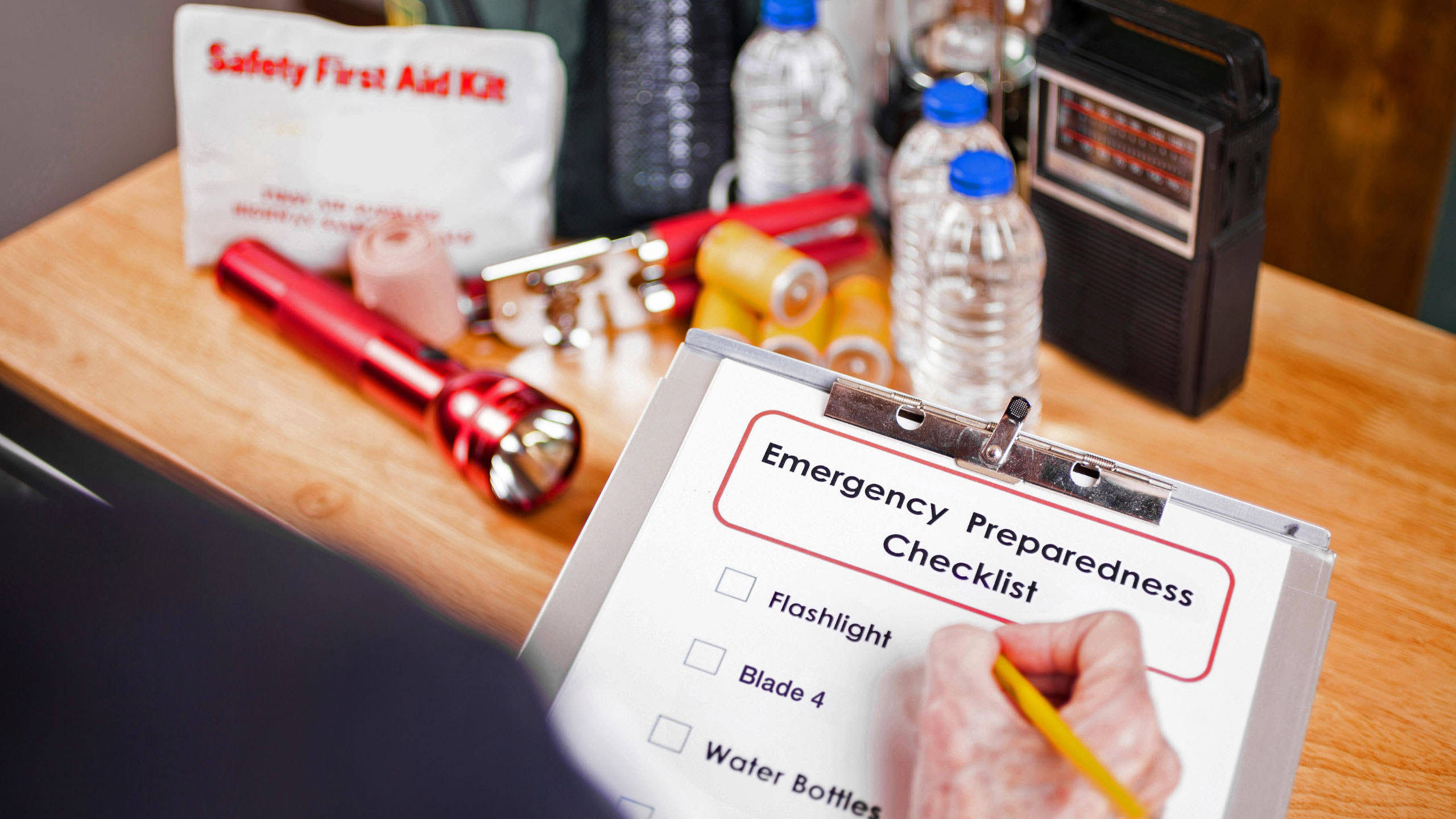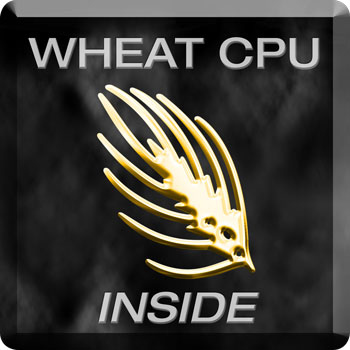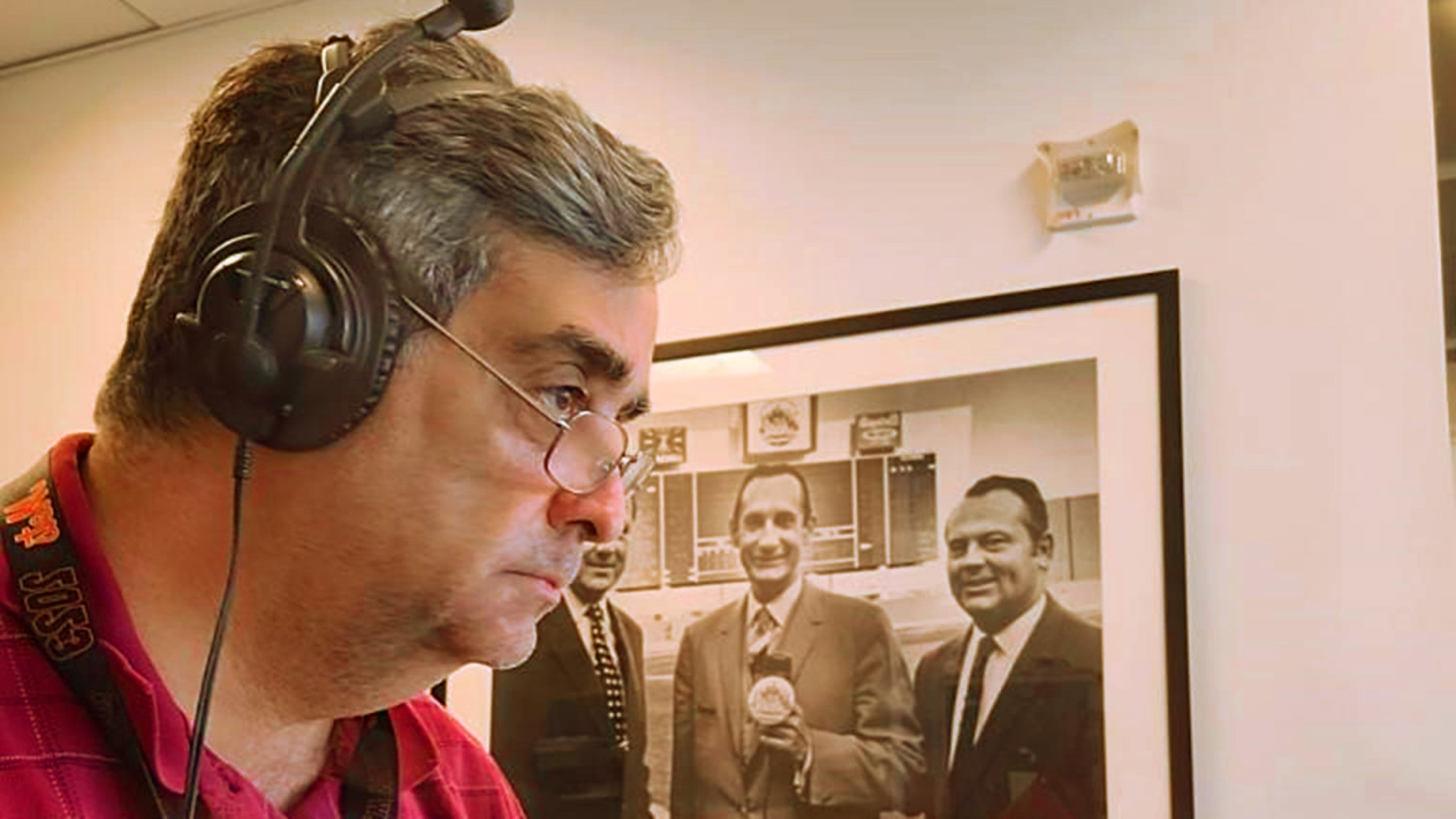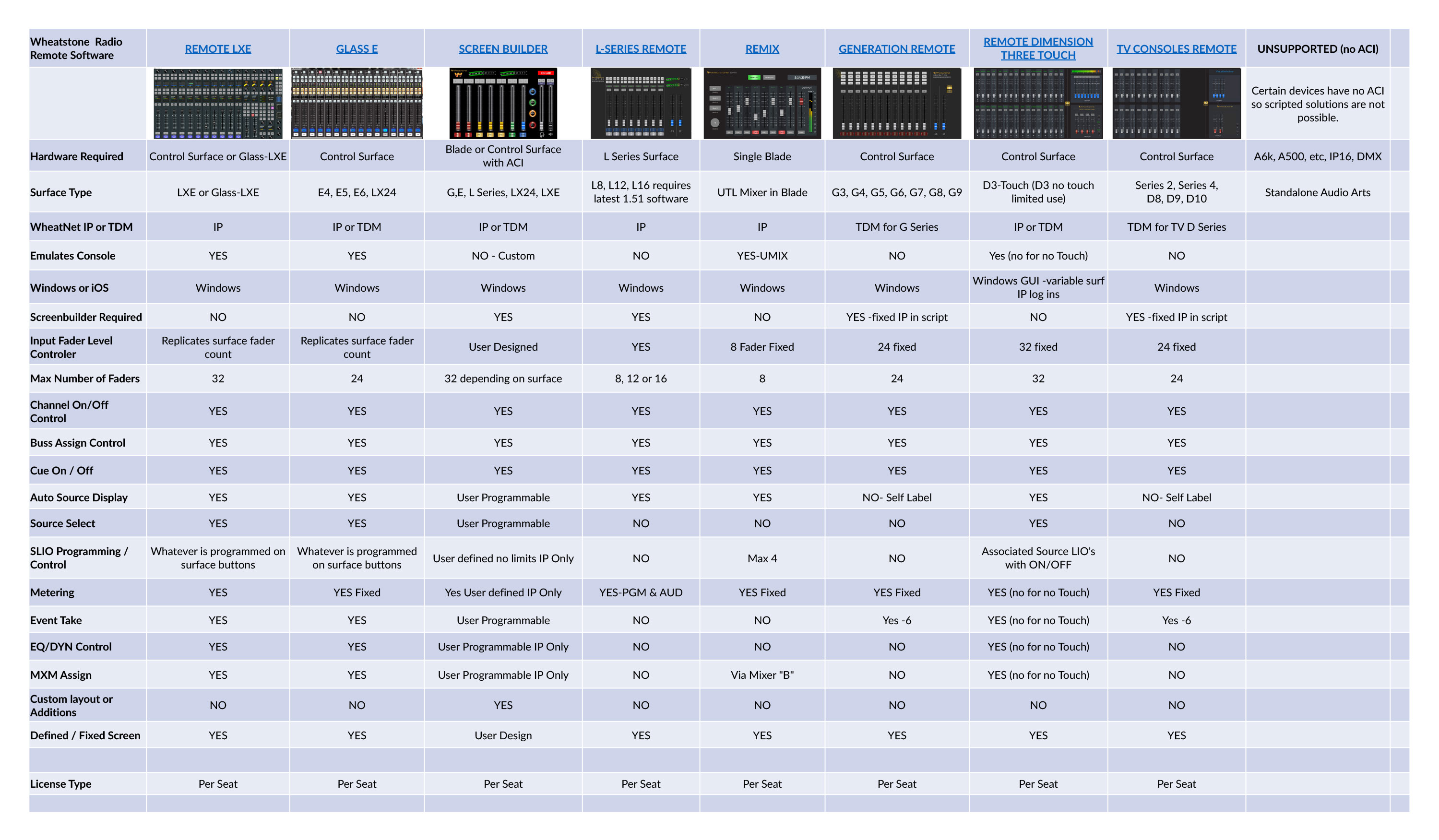
WHEAT:NEWS September 2023 Volume 14, Number 9
PUTTING THE ART IN RADIO, AUDIOARTS INCLUDED
When was the last time someone told you that radio was an artform?
If it’s been a while, we’ll understand if you need to take a moment to check the voltmeter. It hit us like a bolt of lightning too when Sharon Scott casually dropped that comment into our conversation recently. Scott is co-founder and GM of WXOX, a LPFM station in Louisville, Kentucky, that goes by the moniker of ART FM, and not just because the volunteers there use Audioarts consoles (Audioarts, get it?).
She started ART FM WXOX as a nonprofit for artists and members of the local community who wanted to tap into the “creative potential of radio.” According to its website, the station is unique to Louisville and distinct in the world as a LPFM that combines contemporary art practices with broadcasting.
We really look at radio as an artform. It’s so personal, your voice is so personal and it’s what comes across in radio. There’s nothing like it,” said Scott. Coming from a low-power FM operator especially, that’s one powerful statement…and probably true. Radio is the only form of expression that lets us explore the human voice—its languages, inflections, emotions, and many personalities.
WXOX presents all of that and more on streaming channel www.artxfm.com, the WXOX mobile app, and 97.1 FM broadcasting at just under 100 watts in Louisville. Programming can shift from the 97-year-old WWII veteran who plays opera on Sundays to the Freedom Hour, a weekly program hosted by three local women from Iran reporting on what’s going on in their home country.
To represent the entirety of the community, more than 100 volunteers help run WXOX (LP), each taking a turn at the Audioarts Air 1 or Air 5 console in a new, artistically renovated LPFM studio facility. These consoles are our small part in this artistic endeavor, and the reason for our call to Scott. Recently, Scott, her husband and their teenage son took advantage of the pandemic downtime to remodel WXOX LP’s Studio A and improve Studio B for production. With the remodel came a new 16-channel Audioarts console. “It was the perfect transition because after being remote during the pandemic, our volunteers were a little hesitant to come back into the studio and work on a different, bigger board. It didn’t help that I couldn’t be there with them, so they had to just figure it out. None of that turned out to be a problem, however,” commented Scott.
“This is just a nice, simple sound board …which happens to say “Audioarts” on it, and as a station all about local artists, we like that,” she added.
As Radio World reported a few months ago, the station is located in the heart of Louisville, in a 100- year-old building formerly used by a theater prop company and hair salon. Almost ten years later there was still hair dye everywhere left over from the former tenant. WXOX Chief Operator Sean Selby, Scott’s husband, and the couple’s teenage son, Max, did all the carpentry and installed new furniture. Outside, the building became a living artwork showcasing the LPFM’s artistic leanings with a mural by a local artist. They were able to do some interesting artwork inside, including Studio A with a new Audioarts console at the center and looking into a performance area through a custom window, as shown here.
In addition to co-founding WXOX LP, Sharon M. Scott is the author of Low Power FM for Dummies, which is published by Wiley and will be released in October (go to Amazon for a copy). If you are thinking about applying for an LPFM license, the FCC filing window for new applications opens November 1 and runs through November 8; it is the first filing window since 2013. For independent and community operators interested in attending, the annual 2023 Grassroots Radio Conference will be held in Charleston, West Virginia, October 19 to 22. Finally, you can visit our webpage Audio Gear for LPFM for everything you’ll need for your LPFM studio.
GETTING SMARTER ABOUT STUDIOS
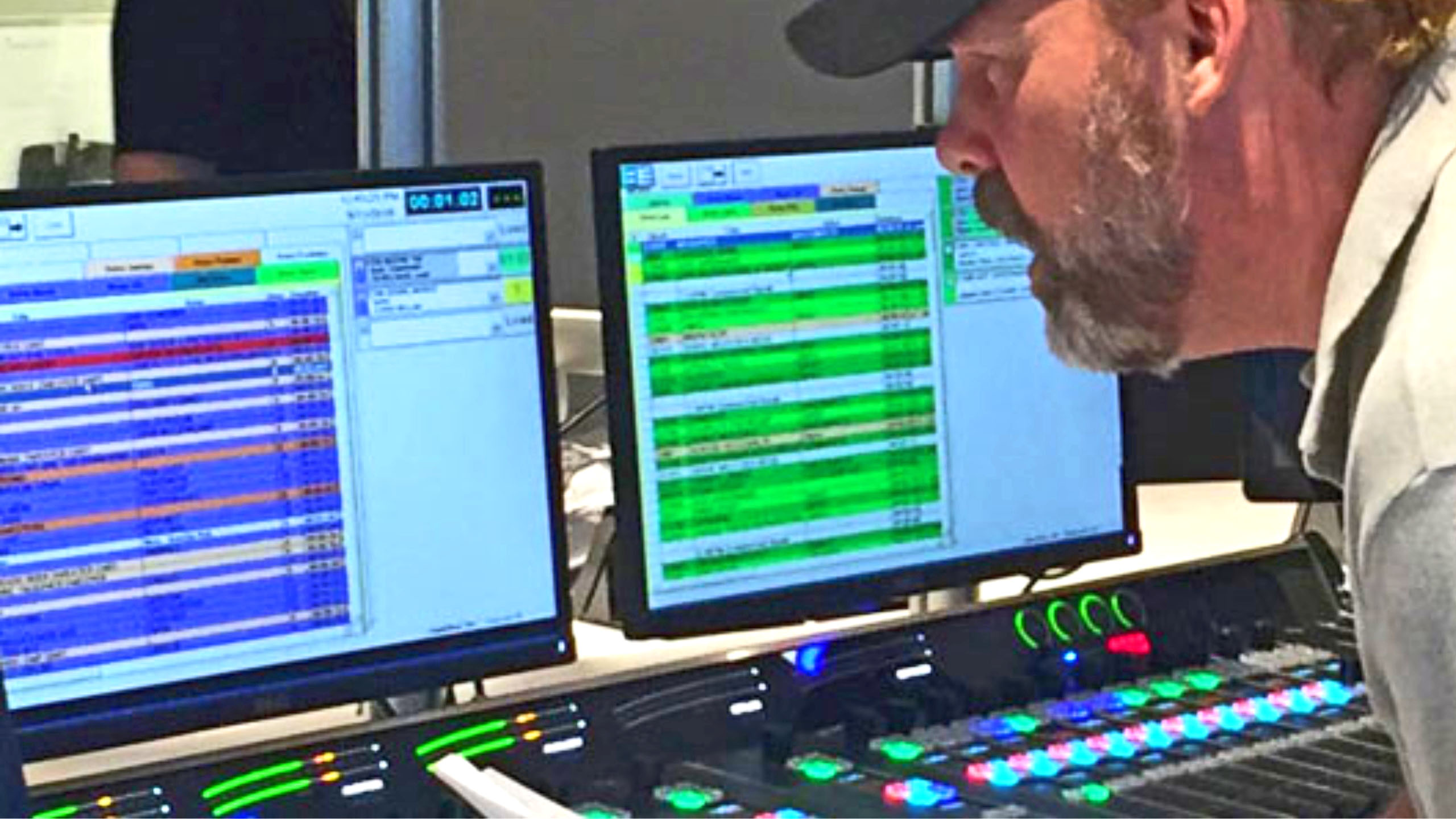 Quick. How many broadcaster engineers does it take to change a studio? The answer is none because (drum rimshot, please) the studio has to want to change.
Quick. How many broadcaster engineers does it take to change a studio? The answer is none because (drum rimshot, please) the studio has to want to change.
Every broadcast facility today has to be able to switch studios and so much more without a broadcast engineer being there. It can be as basic as the right mix-minus and codec automatically materializing for a hurry-up remote. Or, it can be as intricate as the WheatNet IP monitoring fader position and mic on/off states so that when a presenter sits down to talk, the studio camera automatically turns on, pans to the correct chair, and begins recording.
We’re getting so much smarter about studios these days. All of our WheatNet IP studio projects involve cross connecting elements and making smart associations that automate much of the backend setup when places, times, studios, and plans change—and when you have to go with the flow, from a console surface one minute to, say, a tablet or laptop the next (or even an I/O Blade in the TOC ). With so much intelligence now built into AoIP, you no longer need to send a technician along with your presenters to remote venues or have a tech onsite every time you make a change.
Just about every broadcast facility today can benefit from intelligent AoIP networking. Consider our One Studio Wonder that does everything from a single studio: on-air, production, even syndication. An IP-12 console provides four event switches, which gives four completely independent console snapshots that can let you go from production to on-air without a lot of prep time. What that means in real operational terms is that this community station can do without a second studio and all the costs associated with it.
If you’re planning your next studio, or if you want to get the most out of the one you have, be sure to download our Studio Project Planning Guide for ideas and tips on getting the most intelligence out of AoIP networks.
WHAT’S GOTTEN INTO YOUR MIC LATELY?
Mics are subjected to all kinds of abuse these days. Studios built for broadcast are not always acoustically optimal, and home studios can be even worse. They're often overly reflective, not well insulated from the outside, and noisy. Before you can even begin to dial in that professional broadcast voice, you need to address noise in the environment.
A few voice or mic processor settings can help:
High-pass filtering is useful for getting rid of AC rumble, traffic hum, and the occasional p-pop. The idea is to roll off extremely low frequencies without impacting voice quality. Generally, that’s 50Hz for men and 80Hz for women to remove such noise without affecting the vocal range.
Do use the expander or noise gate to automatically reduce the gain on room noise or coloration during speech pauses. Gating can also help with cross-mic bleed and/or coloration in a multi-mic environment by acting as a basic auto-mixer. A little attenuation can make a big improvement. (For our M4IP-USB four channel and Voice 1 processors, try: Threshold -36dB, Depth -12dB, and Close 300mS.)
If you’re getting too much low-frequency energy due to, say, a clip-on lavalier mic picking up the speaker’s chest resonance, you can use the processor’s parametric EQ controls to isolate and reduce the noise.
Note: lavalier mics can also be overly “bright” in that they tend to produce a lot of high-frequency energy, typically peaking between 3kHz and 8kHz, depending on the microphone. Note also that lavalier mics can be overly bright. Jeff Keith, our senior processing engineer, suggests dialing in a relatively broad EQ to smooth out the peak by starting with a parametric section set up for 5kHz, bandwidth at 2 octaves - and slowly attenuate.
Some people have more sibilant voices, which can seem worse combined with a laser-bright condenser microphone. For these, you’ll want to take advantage of the de-esser settings on your processor. Ideally, you’ll be able to set the de-esser frequency (where in the audio spectrum esses typically reside; a good starting point is around 6kHz), with the threshold and release times set to around -40dB and 150mS, respectively, according to Keith. Attenuating just the offending frequencies takes the bite out of sibilance without affecting the rest of the spectrum.
Finally, make sure that your processor isn’t adding noise. The ideal processor will use quality mic pre-amps with extremely low noise floor, wide dynamic range, accurate transients and flat frequency response. For example, our Voice 1 and M4IP-USB processors are equipped with our Super Quiet (SQ) microphone preamps, 24-bit A/D converters, and a 96kHz base sample rate to faithfully preserve the sound of just about any microphone and talent combination.
Remember also that how talent sounds in a particular environment often has more to do with the environment than the microphone itself. For detailed information on gating, de-essing, equalization, and other settings that might be helpful in noise control and creating a professional broadcast voice, click to our webpage Voice 1.
BLADING UP 4 DISASTERS
Nothing says disaster planning quite like a Blade 4, especially a Blade 4 that is a studio essential on the regular but can give you some quick workarounds when you need it.
Need to run a quick remote feed from an emergency location? No problem. Simply select one of the two Opus codecs built into the Blade 4. Need to add metering or another app quickly and don’t have a PC close by? No problem. Simply run scripts, metering and software applications directly on the Blade 4 unit itself. Need to route audio through a separate AES67 device? No problem. Simply use the AES67 interface in the Blade 4 for interoperable routing. Need to add a second network switch? No problem. Blade 4 has two network ports for redundancy or A/B switches – along with dual power supplies. Need an offsite backup for emergencies? No problem. Simply add a Blade 4 to your transmitter site(s) for automatic failover during an emergency, each their own native AoIP environment with audio codecs, processing, routing and control as well as audio clip players with USB ports for emergency announcements.
It's disaster planning in one self-contained rack unit complete with audio codecs, stereo processing, utility mixers, and built in computer with graphics. The best part: Blade 4 is a studio essential on the regular so it’s not like this unit is sitting idle, waiting for disaster to strike.
IP OR NOT?
Q: This is a strange question for a company that is practically synonymous with AoIP, but are there situations where you might recommend an analog console?
A: Absolutely. We still offer and support analog consoles because they’re the best option in some situations. For example, if you just need a replacement console, an analog console might make the most sense. It doesn’t get much more plug-and-play than dropping an Audioarts console into an existing wired studio. The nice thing about these consoles is that you don’t have to be locked into an all-analog or all-AoIP studio. You can run a hybrid studio with a few I/O Blades here and there – or even a hybrid console (as is the case of our Lightning hybrid console that is analog simple but also has RJ-45 connectors, USB, and Bluetooth®) at any time.
AoIP 5.0, COMING TO A SHOW NEAR YOU
Experience for yourself AoIP 5.0 and what a WheatNet IP audio networked facility can do.
Stop in to see us at an upcoming show and ask us about Layers streaming on AWS, the latest option for your next console surface, and how scripting, virtualization and intelligent AoIP can work together for you. Be sure to ask about our new Audioarts Voice1 processor and our mighty LiON FM audio processor, too.
IBC Amsterdam - September 15-18, stand 8.C91
WISC Madison - October 10-12
NAB NY - October 25-26, booth 507
Head over to a Wheatstone booth or tune into our social media channels to experience what’s new in broadcast studios and processing. See you soon!
Interesting Links:
The Wheatstone online store is now open! You can purchase demo units, spare cards, subassemblies, modules and other discontinued or out-of-production components for Wheatstone, Audioarts, and VoxPro products online, or call Wheatstone customer support at 252-638-7000 or contact the Wheatstone technical support team online as usual.
The store is another convenience at wheatstone.com, where you can access product manuals, white papers and tutorials as well as technical and discussion forums such as our AoIP Scripters Forum.
Compare All of Wheatstone's Remote Solutions
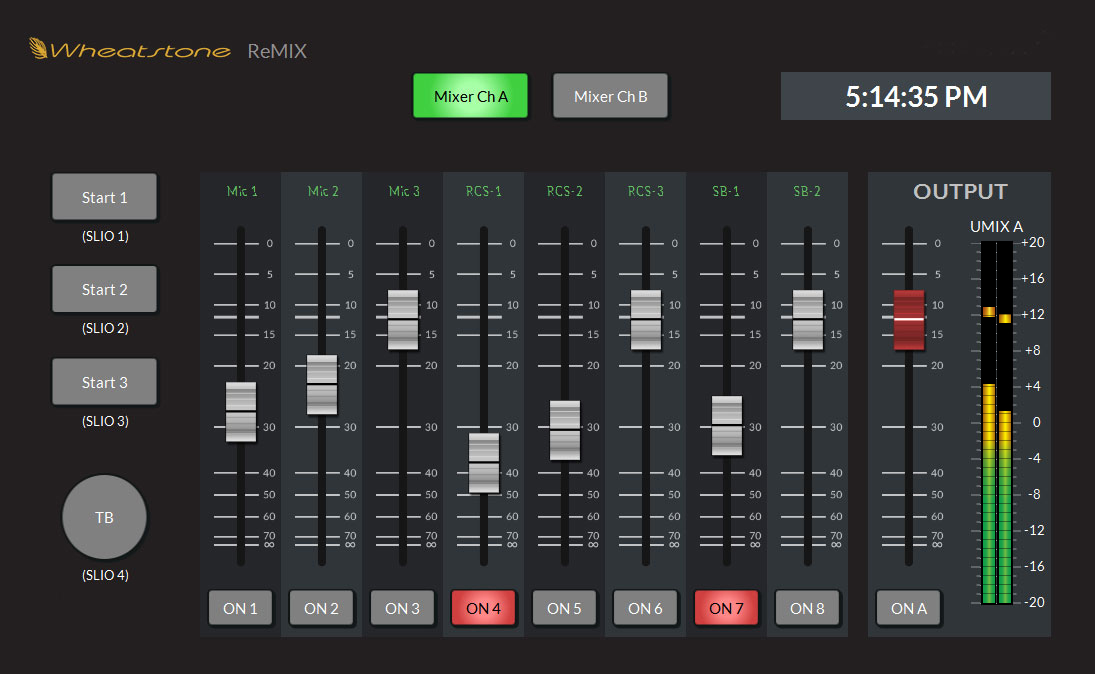 We've got remote solutions for virtually every networkable console we've built in the last 20 years or so. For basic volume, on/off, bus assign, logic, it's as easy as running an app either locally with a good VPN, or back at the studio, using a remote-access app such as Teambuilder to run.
We've got remote solutions for virtually every networkable console we've built in the last 20 years or so. For basic volume, on/off, bus assign, logic, it's as easy as running an app either locally with a good VPN, or back at the studio, using a remote-access app such as Teambuilder to run.
Remote Solutions Video Demonstrations
Jay Tyler recently completed a series of videos demonstrating the various solutions Wheatstone offers for remote broadcasting.
Check out the chart below, and/or click here to learn more on our Remote Solutions web page.
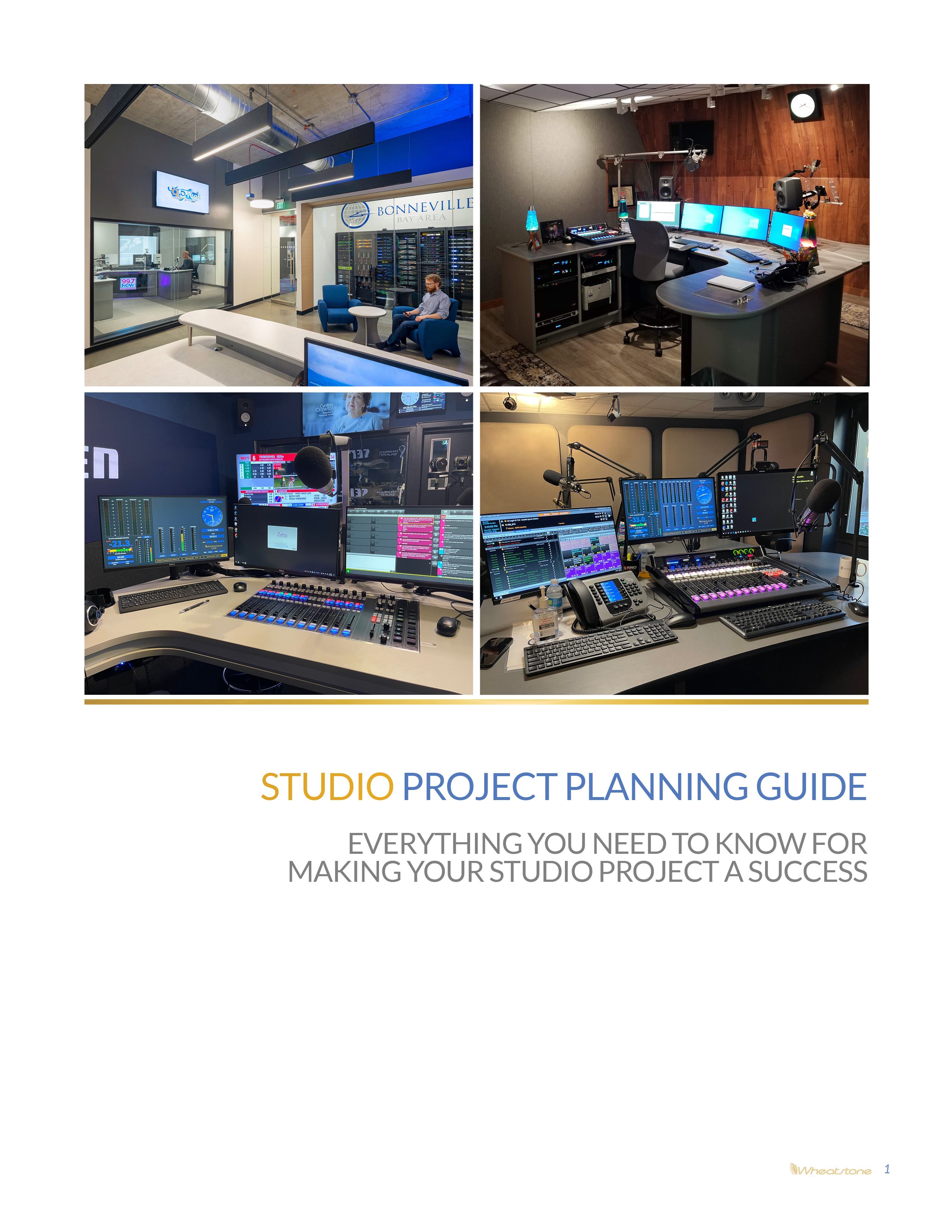 Studio Project Planning Guide
Studio Project Planning Guide
EVERYTHING YOU NEED TO KNOW FOR MAKING YOUR STUDIO PROJECT A SUCCESS
Have you seen the latest smart studio trends? Discover expert tips, surprising uses for AoIP Blades, 6 common studio gotchas, and how to be aware of little expenses. A must-read before you begin your studio project.
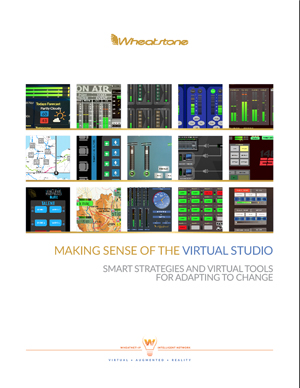 Making Sense of the Virtual Studio
Making Sense of the Virtual Studio
SMART STRATEGIES AND VIRTUAL TOOLS FOR ADAPTING TO CHANGE
Curious about how the modern studio has evolved in an IP world? Virtualization of the studio is WAY more than tossing a control surface on a touch screen. With today's tools, you can virtualize control over almost ANYTHING you want to do with your audio network. This free e-book illustrates what real-world engineers and radio studios are doing. Pretty amazing stuff.
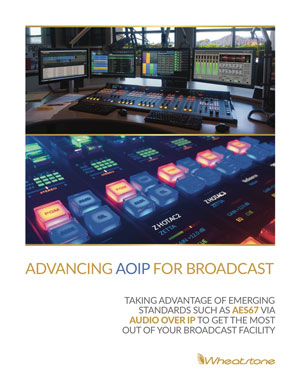 Advancing AOIP for Broadcast
Advancing AOIP for Broadcast
TAKING ADVANTAGE OF EMERGING STANDARDS SUCH AS AES67 VIA AUDIO OVER IP TO GET THE MOST OUT OF YOUR BROADCAST FACILITY
Putting together a new studio? Updating an existing studio? This collection of articles, white papers, and brand new material can help you get the most out of your venture. Best of all, it's FREE to download!
IP Audio for TV Production and Beyond
WHAT YOU NEED TO KNOW ABOUT MANAGING MORE CHANNELS, MORE MIXES, AND MORE REMOTE VENUES
For this FREE e-book download, we've put together this e-book with fresh info and some of the articles that we've authored for our website, white papers, and news that dives into some of the cool stuff you can do with a modern AoIP network like Wheatstone's WheatNet-IP.
Got feedback or questions? Click my name below to send us an e-mail. You can also use the links at the top or bottom of the page to follow us on popular social networking sites and the tabs will take you to our most often visited pages.

